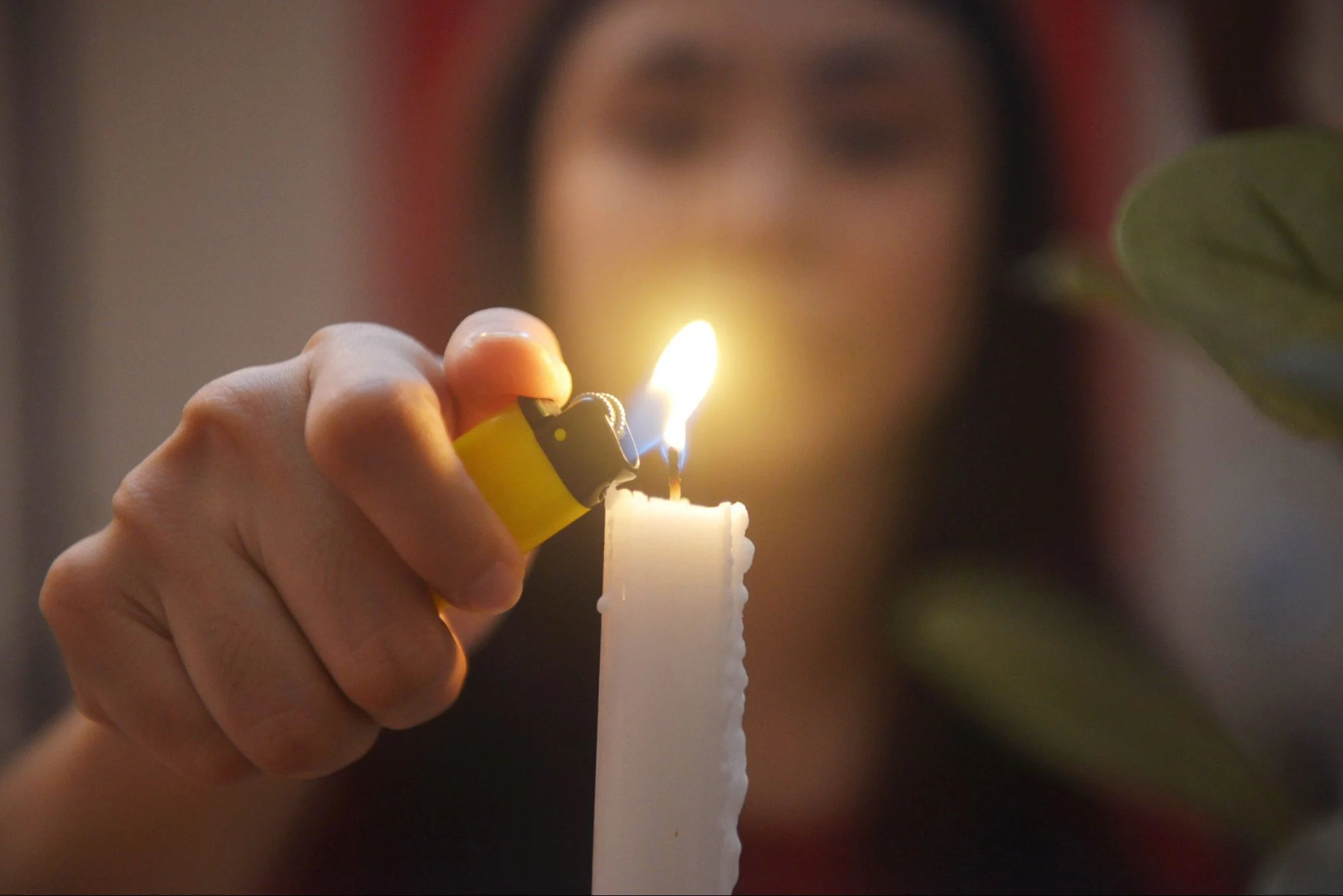

Articles
How Do Candles Cause Fires?
Modified: December 7, 2023
Discover how candles can lead to fires and learn essential safety precautions to prevent accidents. Read informative articles on the topic.
(Many of the links in this article redirect to a specific reviewed product. Your purchase of these products through affiliate links helps to generate commission for Storables.com, at no extra cost. Learn more)
Introduction
There’s something undeniably soothing about the soft flickering glow of candlelight. Candles have been used for centuries to create ambiance, set the mood, and provide a source of light during power outages. However, as beautiful and calming as candles can be, they also pose a potential fire hazard. Understanding how candles can cause fires is crucial for both safety and prevention.
Candles are composed of a wick surrounded by a fuel source, typically wax. When the wick is lit, it creates an open flame that burns the wax, releasing heat and light. This basic principle has remained unchanged for centuries, but it’s essential to recognize the factors that can lead to a candle igniting and causing a fire.
There are several key aspects to consider when exploring how candles can cause fires. These include the science behind candles, potential ignition sources, the role of open flames, the dangers of overheating, the presence of combustible materials near candles, and the influence of negligence and human error.
By understanding these factors, we can take appropriate measures to prevent candle fires and ensure the safe enjoyment of candles in our homes and other spaces. Let’s delve into the science behind candles and explore the potential risks and preventive measures associated with their use.
Key Takeaways:
- Understanding the science behind candles and potential ignition sources is crucial for preventing candle fires and ensuring a safe and serene ambiance at home.
- Practicing responsible candle usage, such as proper placement, ventilation, and supervision, can significantly reduce the risk of fire hazards and enhance the enjoyment of candlelight.
Read more: Types Of Fires Caused By Electrical Cords
The Science Behind Candles
To comprehend how candles can cause fires, it’s important to grasp the science behind their operation. Candles function through a process known as combustion, which involves the reaction between a fuel source and oxygen.
When a candle is lit, the heat from the flame melts the wax near the wick. This liquid wax is drawn up the wick and vaporizes due to the heat of the flame. As the vaporized wax reaches the top of the wick, it combines with the surrounding oxygen and undergoes combustion, resulting in the release of heat, light, water vapor, carbon dioxide, and other byproducts.
The size and stability of the flame are determined by various factors, including the type of wax, the wick material, and the surrounding conditions. A well-designed candle will have a stable flame that evenly burns the wax, maximizing its lifespan while minimizing the risk of fire hazards.
However, certain factors can disrupt this delicate balance and increase the chances of a candle causing a fire. These factors can include inappropriate use, lack of proper ventilation, and the presence of flammable materials near the flame.
Furthermore, the quality of the candle itself plays a crucial role in its safety. Poorly manufactured candles or those made with low-quality materials may have an unstable flame that produces excessive smoke, emits soot, or drips hot wax. Such candles are more likely to cause fires or other accidents if not used with caution.
Understanding the underlying science of candles allows us to appreciate the care needed when using them and the potential risks associated with improper handling. By adhering to safety guidelines and taking preventive measures, we can mitigate the risks and enjoy the ambiance that candles offer without compromising our safety.
Ignition Sources
While candles themselves are the primary ignition source, it’s important to be aware of other potential sources that can contribute to candle-related fires. Ignition sources can vary, and being mindful of them can help prevent dangerous situations.
One common ignition source is careless placement of candles near flammable materials. It’s crucial to keep candles at a safe distance from combustible items, such as curtains, paper, decorations, or furniture. Even a small flame can ignite these materials if they come into direct contact or if the heat emitted is intense enough to ignite them.
In addition to combustible materials, careless handling or misuse of candles can also lead to fires. For instance, placing a candle on an unstable surface or knocking it over accidentally can cause the flame to come into contact with nearby flammable objects, initiating a fire.
Another potential ignition source is the presence of pets or children in close proximity to candles. Unattended candles can be tempting for pets or curious children who may accidentally knock them over or come into contact with the open flame. It’s crucial to always supervise candles when pets or children are present to prevent accidents.
Electrical issues can also serve as ignition sources when it comes to candles. For example, placing a candle near electrical outlets or cords can lead to a spark or short circuit, which can then ignite nearby flammable materials.
Ultimately, being aware of potential ignition sources can help us make informed decisions about where and how to use candles safely. By keeping candles away from flammable materials, ensuring stable placement, and monitoring their use around pets and children, we can significantly reduce the risk of ignition and subsequent fires.
Open Flames and Candle Fires
The open flame produced by a lit candle is one of the main factors that can lead to a candle-caused fire. While the flame itself is mesmerizing, it poses a potential hazard if not handled with caution.
One of the primary risks associated with open flames is the risk of direct contact with flammable materials. If a candle is too close to curtains, blankets, or other combustible objects, the heat emitted by the flame can ignite them, quickly spreading the fire. It’s essential to ensure that candles are placed in areas where there is no risk of them coming into contact with such materials.
Another risk related to open flames is the potential for the candle to be knocked over accidentally. This can happen if the candle is placed on an unstable surface or if it is inadvertently bumped into. Once a candle is knocked over, the open flame can rapidly ignite nearby objects, causing a fire to break out.
Furthermore, drafts or strong gusts of wind can exacerbate the dangers associated with open flames. These air currents can cause the flame to flicker, potentially igniting nearby flammable materials or spreading the fire further. It’s important to consider the placement of candles in draft-free areas to minimize this risk.
In addition to accidental causes, open flames can also be a factor in human error. For example, leaving a candle unattended or forgetting to extinguish it before leaving a room can result in the uncontrolled spread of fire. It’s crucial to practice responsible candle usage and never leave them burning unsupervised.
To mitigate the risks associated with open flames, it’s advisable to use candle holders specifically designed for safety. These holders can provide stability and help contain any wax or flame that may spill or escape the candle. Always ensure that the candles are placed on heat-resistant surfaces and keep them away from any flammable objects or areas with drafts.
By being vigilant and taking appropriate precautions when dealing with open flames, we can minimize the potential for candle fires and enjoy the warmth and beauty of candles without compromising safety.
Overheating and Candle Fires
Overheating is another significant factor that can contribute to candle-related fires. When a candle is left burning for an extended period, it can reach temperatures that exceed the safe limits, increasing the risk of a fire outbreak.
One of the primary causes of overheating is the use of candles that are too large or have a high melting point. Larger candles or those made from materials with higher melting points can generate more heat, which can cause the flame to grow larger and the surrounding wax to become excessively hot.
Additionally, improper ventilation or the accumulation of heat in a confined space can contribute to overheating. If a candle is burned in an enclosed area without proper airflow, the heat produced by the flame can build up, causing the wax to become dangerously hot and potentially ignite nearby materials.
Overheating can also occur if a candle is positioned too close to a heat source, such as a radiator or fireplace. The proximity to these other sources of heat can intensify the temperature around the candle, increasing the risk of overheating and fire.
To prevent overheating, it’s essential to follow the manufacturer’s recommendations regarding proper candle usage and burn times. Always trim the wick to an appropriate length and never burn a candle for longer than the recommended duration. Properly ventilate the area where candles are burned to prevent the accumulation of excess heat.
Furthermore, it’s important to monitor candles while they are lit and ensure that no abnormalities occur, such as excessive smoke, flickering, or uneven burning. These signs may indicate that the candle is overheating, and immediate action should be taken to extinguish it and remove any potential fire hazards.
By understanding the risks associated with overheating and practicing responsible candle usage, we can significantly reduce the likelihood of a fire breaking out. Regular monitoring, proper ventilation, and adherence to manufacturer guidelines are essential for maintaining a safe candle-burning environment.
Always keep candles at least 12 inches away from anything flammable. Use sturdy candle holders and never leave a burning candle unattended.
Read more: How To Do Floating Candles
Combustible Materials near Candles
One critical aspect to consider when examining how candles can cause fires is the presence of combustible materials near the candle. These materials can easily ignite if they come into contact with the open flame, leading to a potentially dangerous situation.
Common examples of combustible materials include curtains, paper, fabric, decorations, and furniture. When a candle is placed too close to these materials, the heat emitted by the flame can quickly ignite them, causing a fire to spread rapidly.
Curtains, in particular, can be highly flammable due to their lightweight and often synthetic composition. If a curtain gets too close to a candle flame, it can catch fire within seconds, creating a hazardous situation.
Similarly, flammable decorations, such as dried flowers or hanging textiles, can pose a significant risk. These materials may easily ignite when exposed to the heat of a nearby candle, potentially leading to a destructive fire.
In addition to combustible materials, it’s crucial to be cautious with the placement of candles near furniture. Upholstered furniture or objects made from easily flammable materials can catch fire if a candle flame comes into contact with them. It’s advisable to maintain a safe distance between candles and furniture to minimize this risk.
To prevent candle-related fires caused by combustible materials, it’s important to exercise caution when placing candles in proximity to any potentially flammable objects. Always maintain a clear space around the candle, free from any combustible materials, and ensure that the candle is stable and secure on a heat-resistant surface.
Regularly inspect the area around the candle to ensure that no flammable objects have inadvertently come within reach. If necessary, consider using flameless candles or LED alternatives in situations where the presence of combustible materials poses a greater risk.
Mitigating the danger posed by combustible materials near candles requires a proactive approach and careful consideration of the placement and surroundings of each candle. By being aware of the potential risks and taking necessary precautions, we can help prevent the ignition of combustible materials and reduce the likelihood of candle fires.
Negligence and Human Error
While candles themselves can pose a fire hazard, negligence and human error play a significant role in increasing the risk of fires caused by candles. It’s crucial to understand and address these factors to ensure the safe usage of candles.
One common form of negligence is leaving a candle unattended. It only takes a momentary distraction or a lapse in judgment for a candle flame to ignite nearby flammable materials or cause an uncontrolled fire. Always remember to extinguish candles before leaving a room or going to sleep to prevent any potential accidents.
Failure to use proper candle holders or placing candles on unstable surfaces also falls under negligence. Without an appropriate holder, a candle can easily tip over, potentially spreading the flame and causing a fire. It’s important to use sturdy, heat-resistant candle holders that can securely hold the candle and collect any dripping wax.
Another form of negligence is the misuse of candles, such as using them in an inappropriate or hazardous environment. For example, lighting candles in a cluttered area, near flammable substances, or in a space lacking proper ventilation significantly increases the risk of a fire.
Additionally, disregarding the manufacturer’s guidelines and recommendations for burning candles can also be considered negligence. Each candle has specific instructions regarding burn time, wick trimming, and safe usage. Failure to adhere to these guidelines can lead to unsafe conditions and increase the likelihood of a fire.
Human error, such as accidents or mistakes, can also contribute to candle-related fires. Knocking over a candle, unintentionally touching the flame, or neglecting to extinguish a candle properly are all examples of how unintentional actions can lead to an ignition and subsequent fire.
Preventing negligence and human error requires a proactive approach and a mindful attitude towards candle safety. Always remain present and attentive when candles are lit. Follow the manufacturer’s instructions and safety guidelines, and take necessary precautions to ensure that candles are used responsibly.
Education and awareness play a vital role in reducing negligence and human error. By understanding the potential risks and consequences of mishandling candles, we can foster a culture of safety and minimize the chances of candle-caused fires.
Preventing Candle Fires
Preventing candle fires requires a combination of proactive measures and responsible candle usage. By following these guidelines, you can significantly reduce the risk of fire and enjoy the beauty of candles safely:
- Never leave candles unattended: It’s crucial to extinguish candles before leaving a room or going to sleep. Even a momentary distraction can lead to a hazardous situation.
- Place candles on stable, heat-resistant surfaces: Ensure that candles are placed on sturdy holders or trays that can withstand heat and collect any dripping wax. This prevents tipping over and minimizes the risk of contact with flammable materials.
- Keep candles away from flammable objects: Maintain a safe distance between candles and combustible materials such as curtains, decorations, paper, or furniture. Be mindful of the surroundings and avoid having any potentially flammable items in close proximity to the flame.
- Utilize proper ventilation: To prevent the accumulation of heat, ensure that the area where candles are burned has adequate airflow. Poor ventilation can contribute to overheating, increasing the risk of fire.
- Trim candle wicks: Before lighting a candle, make sure to trim the wick to a quarter-inch length. A long wick can produce a larger flame, leading to increased heat and potential hazards.
- Use flameless alternatives: Consider using flameless candles or LED alternatives in situations where open flames may pose a higher risk, such as in the presence of children, pets, or highly flammable materials. These alternatives provide a safer option without compromising the ambiance.
- Keep candles out of reach: Ensure that candles are placed in areas where they are inaccessible to children or pets. Curious hands or paws can accidentally knock over candles or come into contact with the flame, leading to dangerous situations.
- Educate and supervise: Teach children about the dangers of candles and the importance of proper candle safety. Supervision is crucial when candles are being used in households where young children or pets are present.
- Practice responsible candle usage: Follow the manufacturer’s instructions and guidelines for burn time, recommended usage, and any other safety precautions specific to the candle. Ignoring these guidelines can increase the risk of fire.
- Have an emergency plan: Make sure everyone in the household knows the fire evacuation plan and has access to fire extinguishers or fire safety equipment. In the event of a candle fire, knowing how to respond quickly and calmly can save lives.
By incorporating these preventive measures into your candle usage routine, you can enjoy the warm ambiance of candles while reducing the risk of fire hazards. Remember, always prioritize safety and be proactive in creating a secure environment for candle enjoyment.
Conclusion
Candles can create a beautiful and serene atmosphere, but it’s important to be aware of the potential fire hazards they pose. Understanding how candles can cause fires empowers us to take the necessary precautions to prevent accidents and ensure the safety of our homes and loved ones.
From the science behind candles to the potential ignition sources, such as combustible materials or human error, each factor plays a significant role in candle-related fires. However, with responsible candle usage and proactive measures, the risk can be greatly reduced.
By following safety guidelines, such as never leaving candles unattended, placing them on stable surfaces, and keeping them away from flammable objects, we can minimize the risk of ignition and subsequent fires.
Proper ventilation, wick trimming, and utilizing flameless alternatives in appropriate situations are all additional steps we can take to prevent accidents. Educating ourselves and our loved ones about candle safety and implementing a responsible approach to candle usage further enhances the safety of our homes.
Remember, the prevention of candle fires requires constant vigilance and adherence to safety practices. By incorporating these preventive measures into our daily lives, we can enjoy the ambiance and beauty of candles without compromising our well-being.
So, let’s embrace the warm and soothing glow of candles while prioritizing safety. By doing so, we can create a welcoming and calm environment in our homes, while minimizing the risk of fire hazards.
Frequently Asked Questions about How Do Candles Cause Fires?
Was this page helpful?
At Storables.com, we guarantee accurate and reliable information. Our content, validated by Expert Board Contributors, is crafted following stringent Editorial Policies. We're committed to providing you with well-researched, expert-backed insights for all your informational needs.
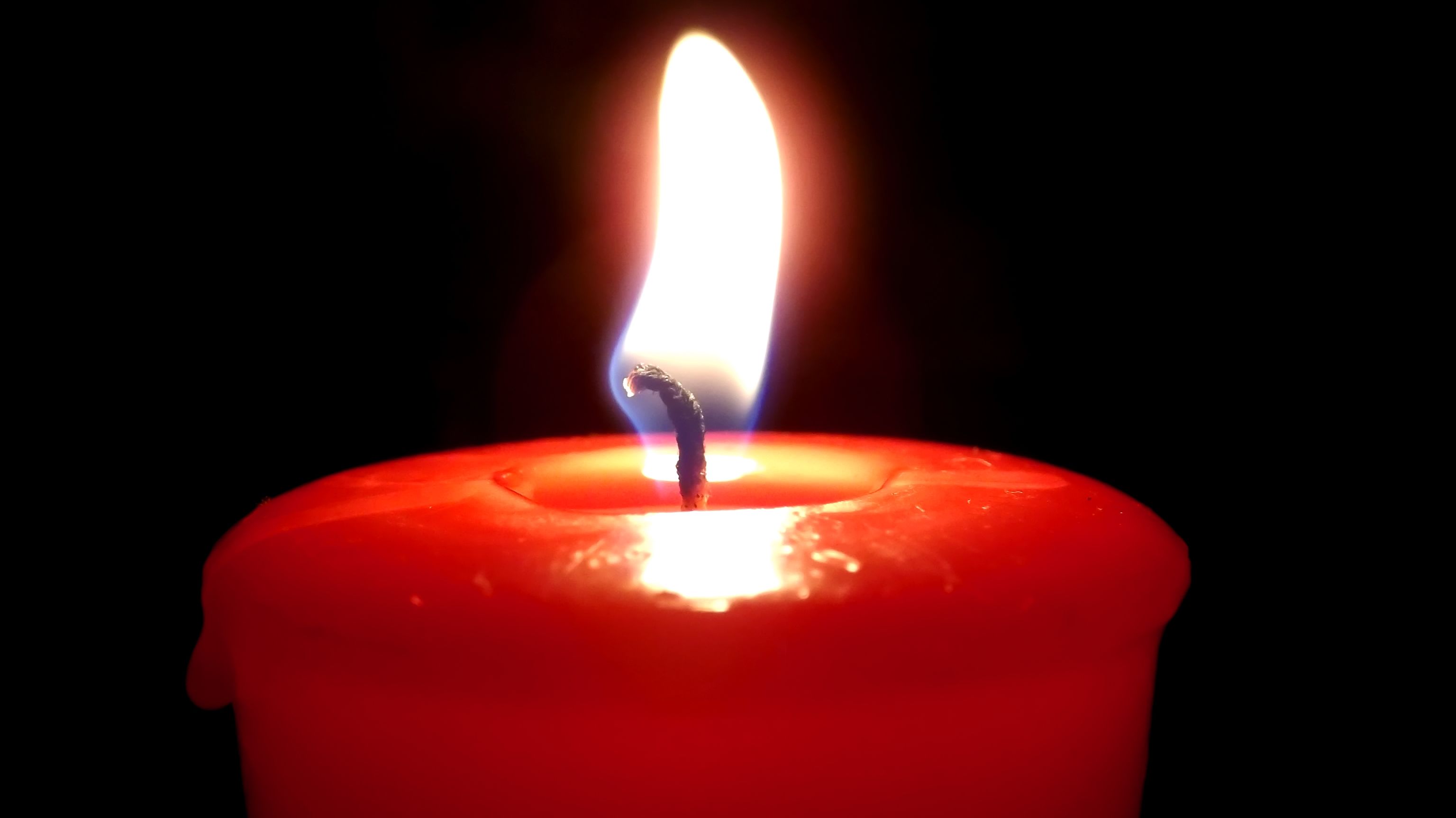

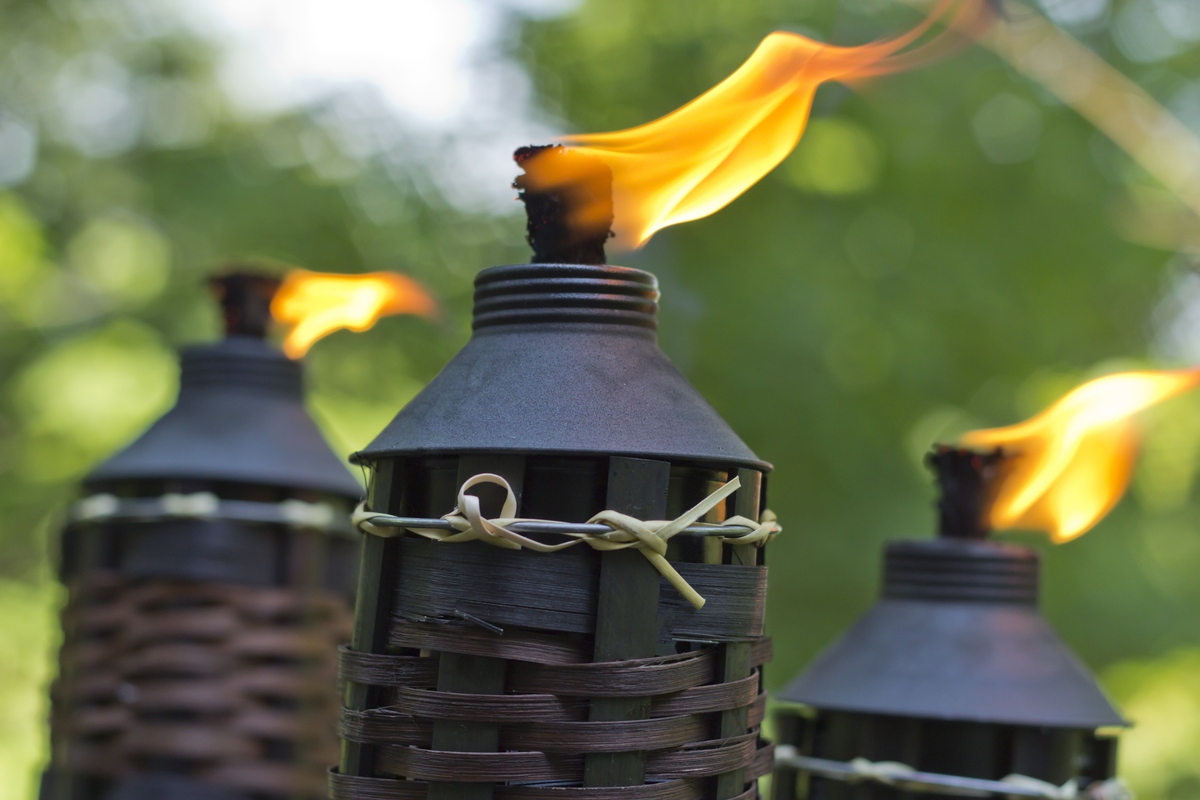

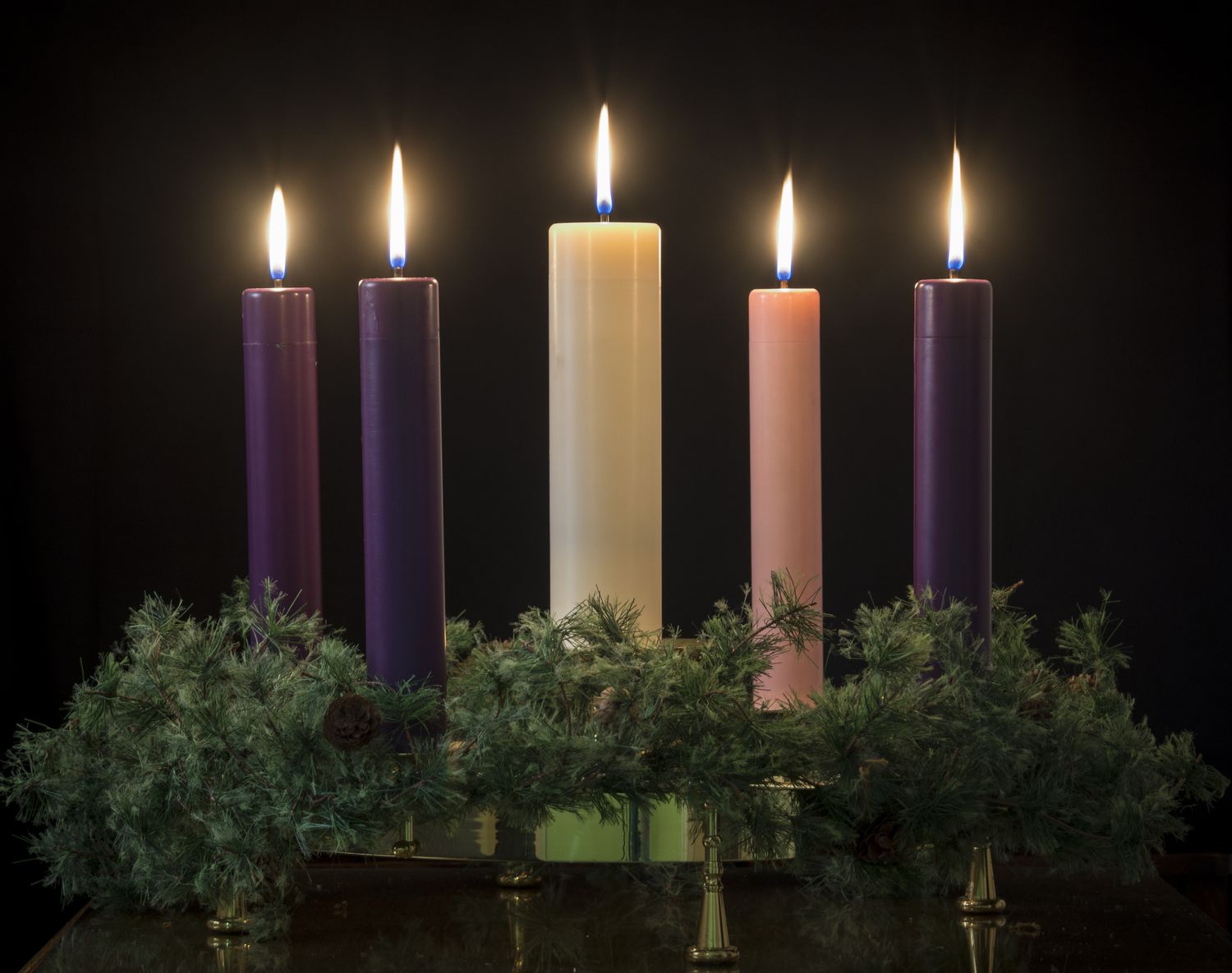
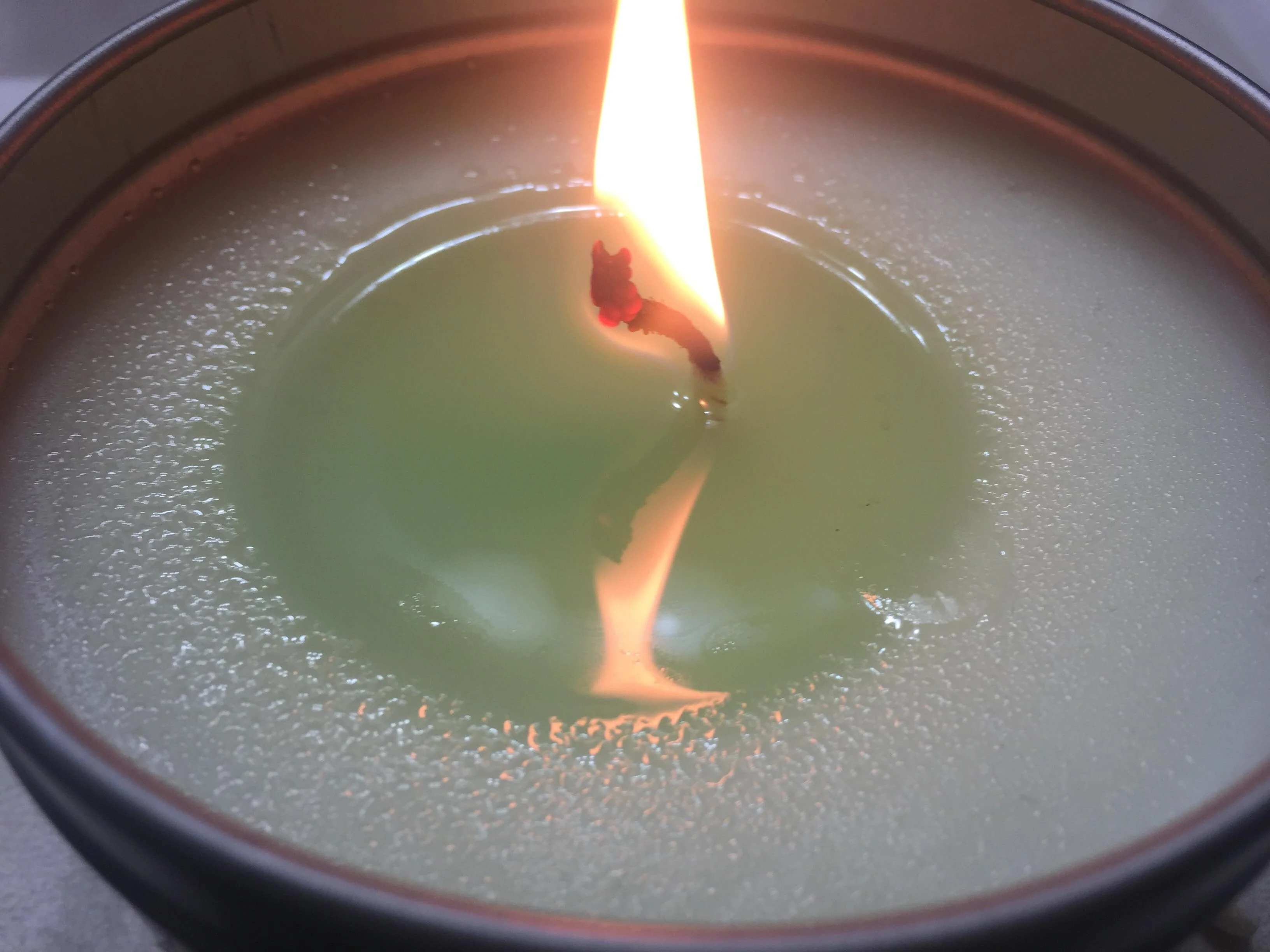
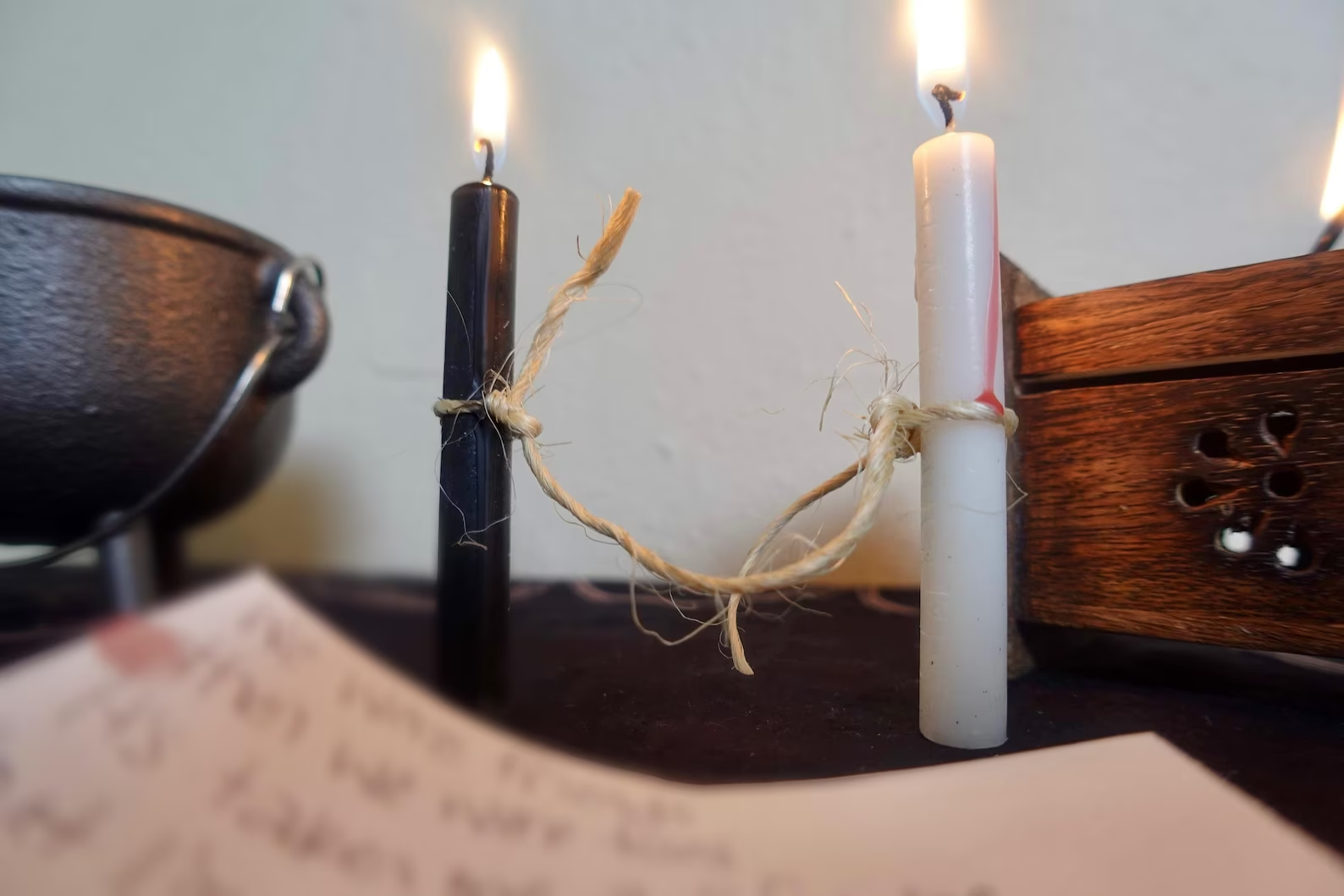
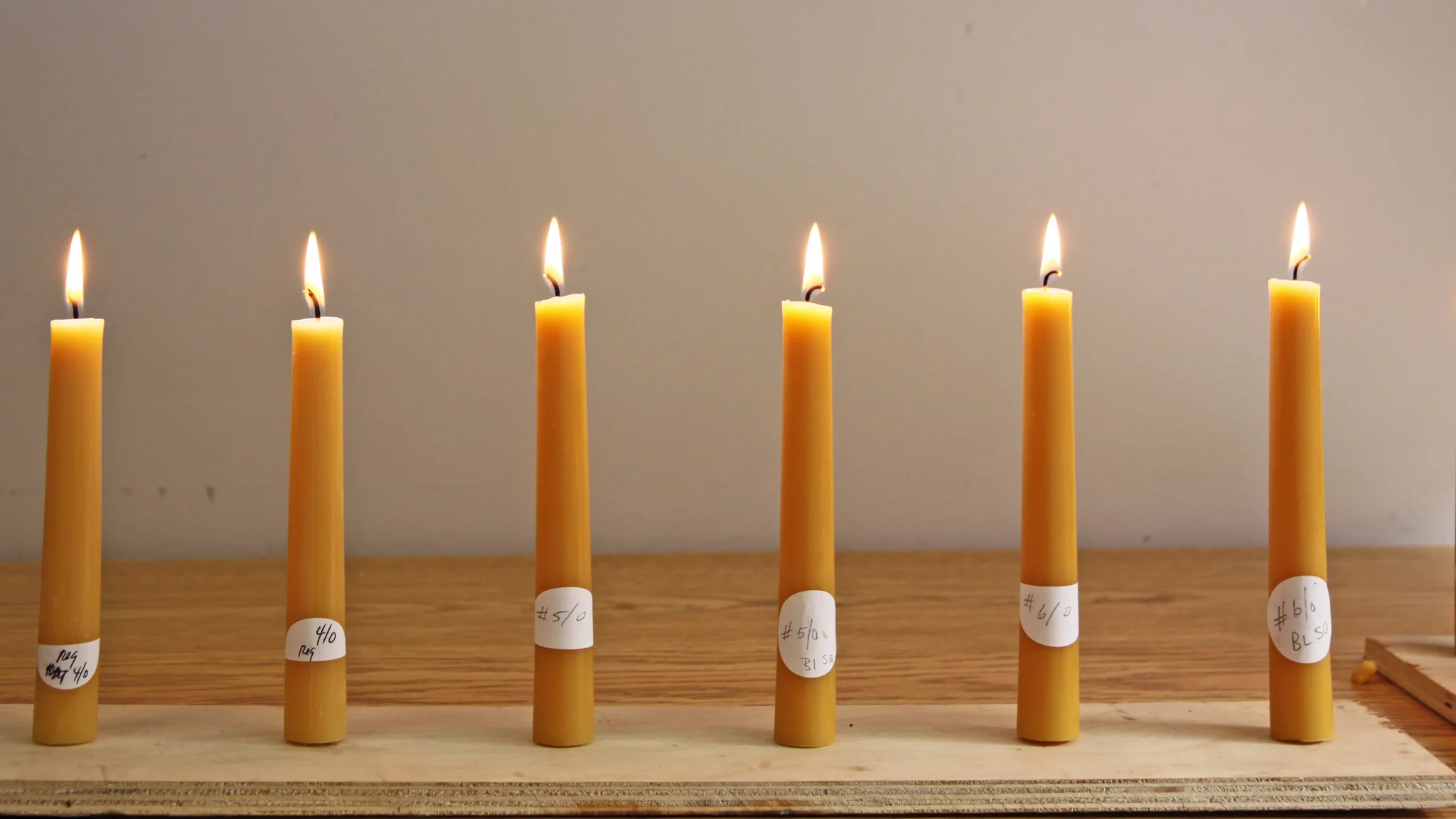

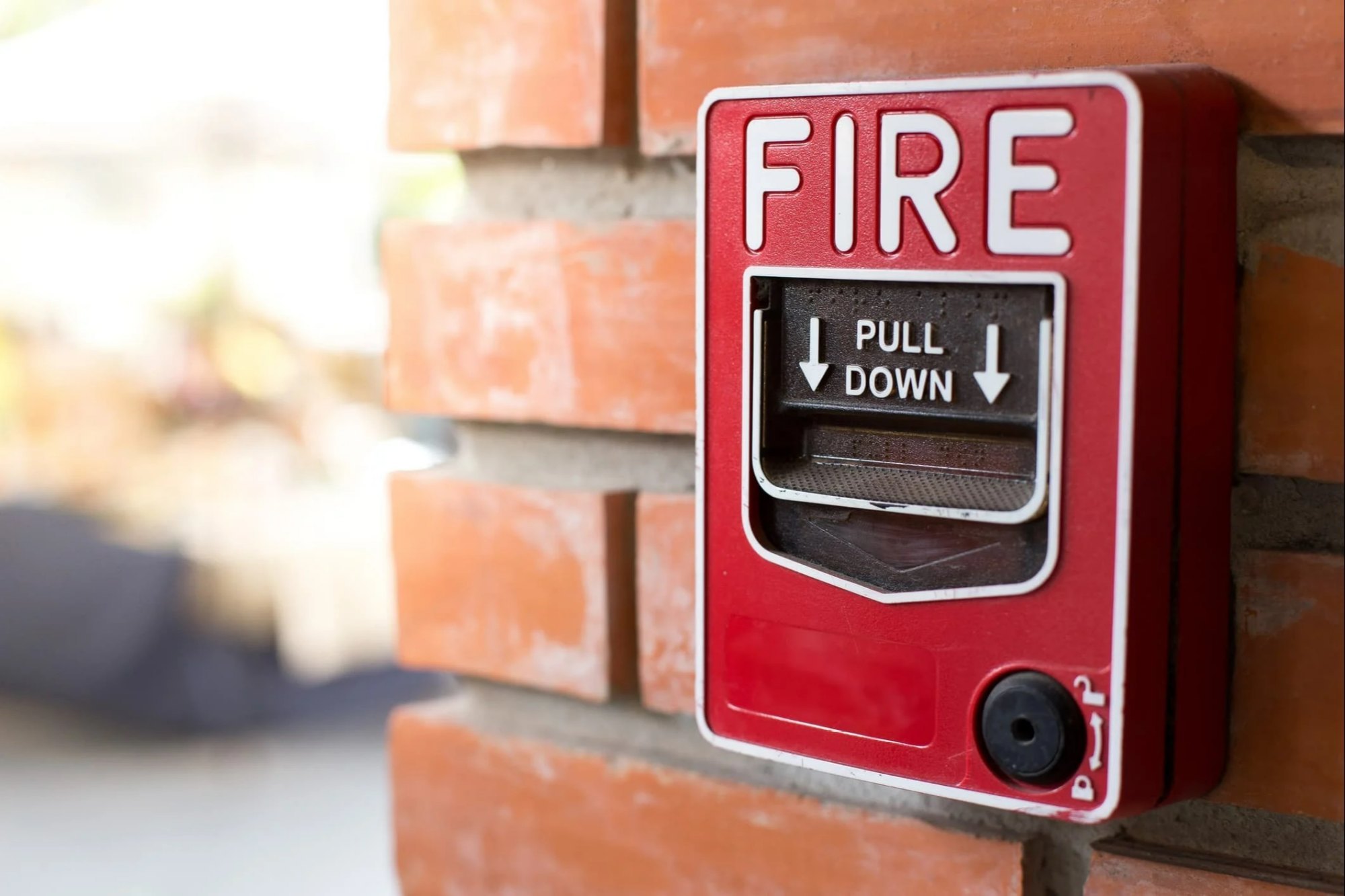


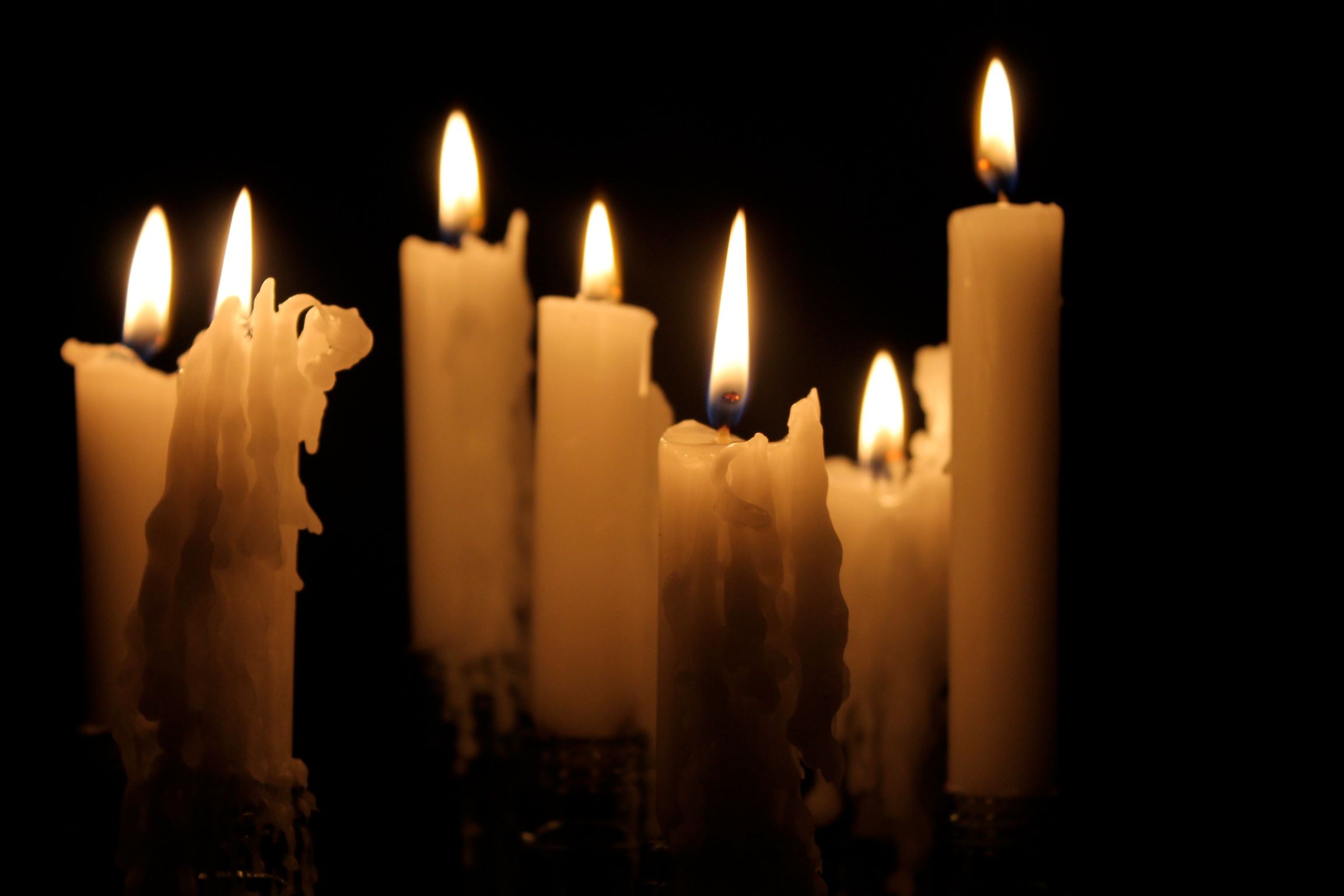
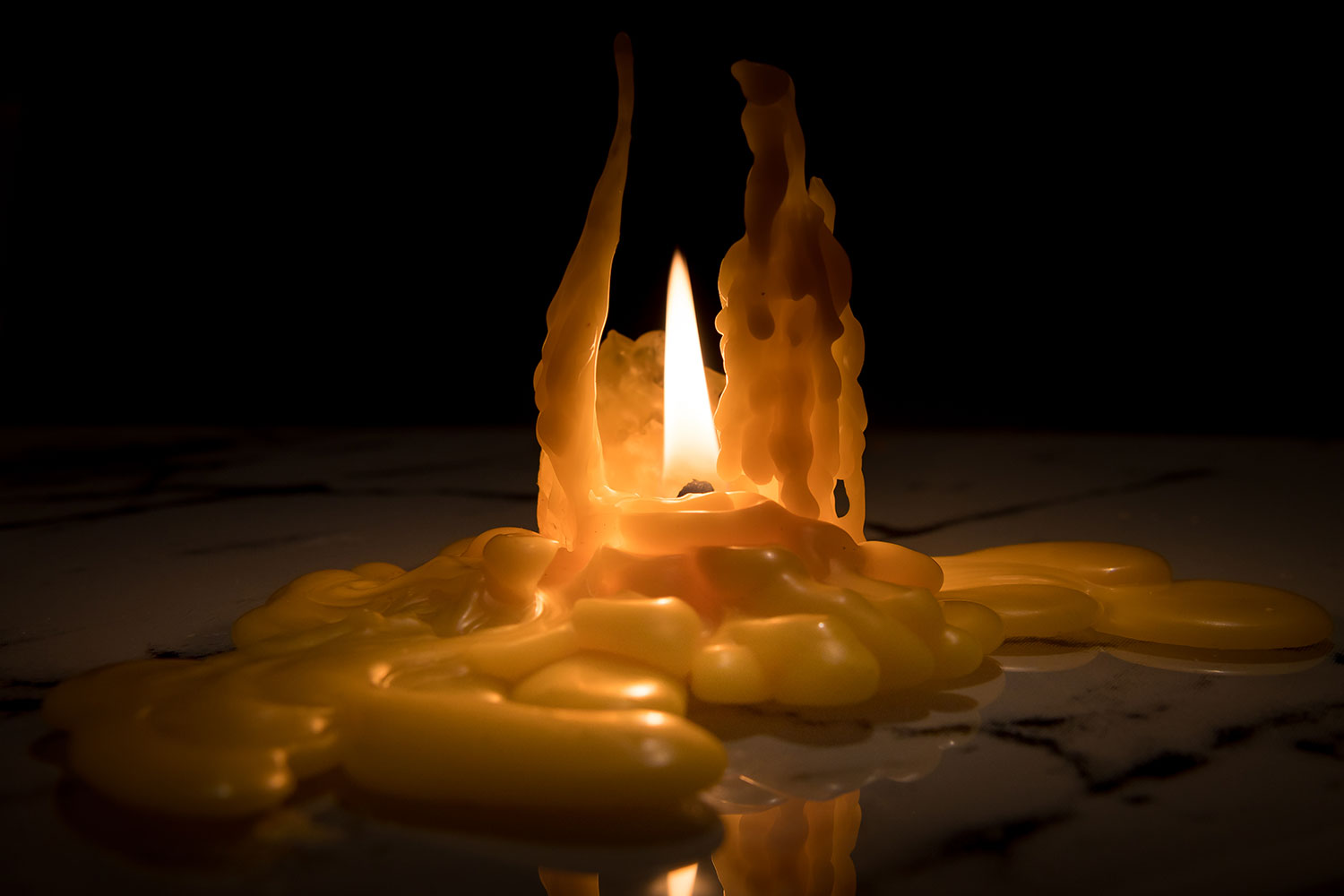

0 thoughts on “How Do Candles Cause Fires?”